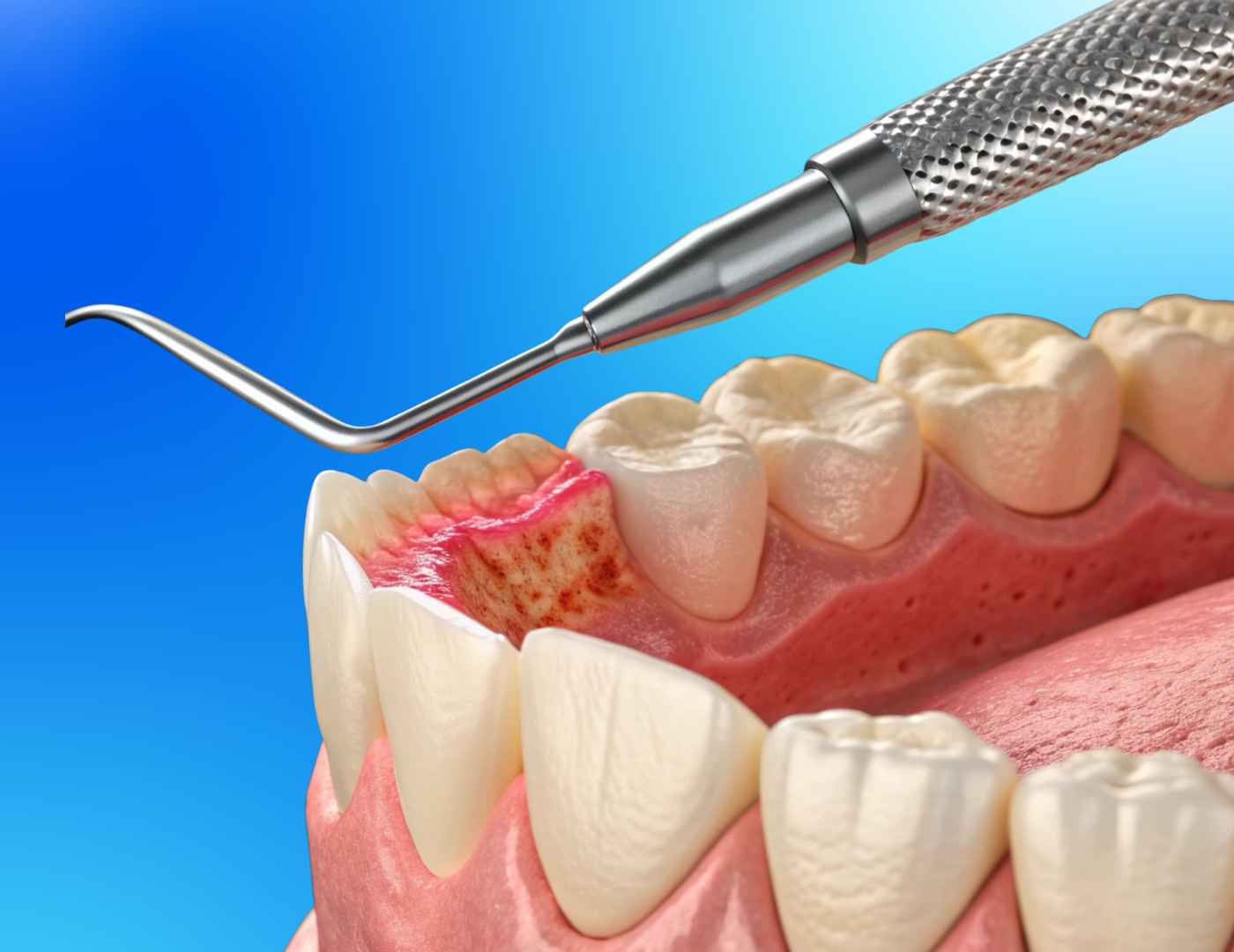Introduction
Understanding the rising popularity of veneers
Cosmetic dentistry has evolved into one of the fastest-growing branches of oral healthcare, particularly in metropolitan regions like North York. Among the many aesthetic treatments available, veneers stand out as a powerful choice for individuals seeking flawless symmetry, brighter colour, and a refined smile profile. Their ability to conceal imperfections while enhancing facial harmony has made them a sought-after solution for teens, adults, professionals, and media personalities alike.
The core question: What really happens to teeth under veneers?
Despite their popularity, a consistent question lingers: What happens to teeth under veneers? Patients often envision drastic tooth reduction, vulnerability beneath the veneer, or irreversible damage. Others worry that their teeth may decay or deteriorate beneath the restorations. Understanding the truth is essential—because veneers, while transformative, must be approached with clarity and informed expectations.
What Veneers Are and How They Interact With Natural Teeth
Porcelain veneers vs. composite veneers
Veneers exist in two primary forms: porcelain and composite. Porcelain veneers are thin shells crafted from durable ceramic that mimic natural enamel with remarkable accuracy. They resist staining, tolerate biting forces well, and can last 10 to 20 years with meticulous care.
Composite veneers, on the other hand, are sculpted chairside using resin. They offer accessibility, speed, and cost-efficiency, though they tend to stain more quickly and do not maintain their pristine surface for as long as porcelain.
The choice between them influences what happens to your teeth underneath, both in the short-term and long-term.
The preparation process and its impact
To apply veneers, a dentist gently prepares the surface of your natural teeth. Contrary to popular belief, this process does not involve shaving teeth into needle-like pegs. Instead, a controlled reduction of 0.3–0.7 mm is done to ensure space for the veneer shell. This preserves tooth structure while creating an ideal bonding surface.
What the underlying tooth structure actually looks like
Under the veneer lies a smooth, even layer of enamel. The tooth remains structurally intact. The enamel surface is modified enough for adhesive bonding but still possesses the strength needed to support the veneer without cracking or collapsing.
What Happens to Natural Teeth Under Veneers?
Enamel reshaping and long-term implications
The enamel removed for veneers never regenerates. This is why veneers are generally considered irreversible. However, the removal is minimal, allowing the tooth to stay strong and fully functional. Once bonded, the veneer acts as a protective shield over the prepared enamel, reducing direct wear and protecting it from staining and erosion.
How teeth remain protected beneath porcelain veneers
Porcelain veneers create a sealed environment around the tooth. High-strength dental cement locks the veneer against the enamel, preventing bacteria from infiltrating the margins. The porcelain itself is inert, stain-resistant, and remarkably smooth, reducing plaque accumulation. As long as the margins remain intact, the tooth beneath the veneer stays healthy.
The biological response of real teeth under composite veneers
Composite veneers bond similarly but rely on resin materials that are slightly more porous. Teeth under composite veneers remain well-protected, but the resin may absorb pigments or weaken over time, requiring polishing or replacement. The natural tooth beneath, however, does not degrade unless oral hygiene is neglected.
Do your teeth go bad under veneers? Myths vs. reality
Your teeth do not automatically “go bad” or decay under veneers. Problems occur only when:
poor hygiene allows bacteria to creep along the edges,
veneers are improperly fitted,
gum recession exposes margins, or
cavities existed before the veneer was placed.
Healthy teeth, bonded with precision, remain stable and strong for decades.
What Happens to Teeth Under Composite vs. Porcelain Veneers
Composite veneer behaviour over time
Composite veneers may gradually lose their luster. The resin material can accumulate micro-scratches, and colour stability may weaken. Despite surface changes, the tooth underneath remains healthy as long as the bonding is preserved. Composite veneers are also easier to repair, which can be advantageous for younger patients or those seeking a budget-friendly option.
Porcelain veneer durability and effect on tooth longevity
Porcelain veneers create a reinforced shield around the natural tooth. This improves aesthetic longevity while protecting the enamel from everyday wear. Because porcelain is incredibly strong, it reduces the chances of chipping the underlying tooth.
What happens to old teeth under veneers?
Aging teeth may undergo natural changes—darkening, slight root recession, and shifts in sensitivity. Veneers do not accelerate aging but may require re-evaluation as gums recede or bite patterns evolve. Proper care ensures the underlying teeth retain their vitality even as veneers age.
What Teeth Look Like Under Veneers
The appearance of prepared enamel
Prepared enamel looks smooth, slightly matte, and subtly reduced. The modification is shallow—far from the dramatic “shark teeth” imagery circulated online. This controlled contouring is essential for achieving a natural aesthetic outcome.
Why teeth are not “filed to stubs” for veneer treatment
Aggressive filing occurs with dental crowns, not veneers. Veneers require only surface modification, allowing patients to retain most of their natural tooth structure. The underlying tooth retains its shape and function.
What happens if veneers are removed years later?
If veneers are removed, the teeth appear slightly smaller and less glossy because enamel has been reshaped. They are not painful or nonfunctional but may require new veneers or alternative restorations to restore aesthetics.
What Happens to Your Teeth When You Put Veneers On
Bonding mechanisms and tooth preservation
Dentists use advanced adhesives that create a micromechanical bond between veneer and enamel. This bond strengthens the tooth–veneer interface, functioning almost like an additional enamel layer.
How veneers protect, reinforce, and stabilize teeth
Veneers shield the front surface from wear, acid erosion, and staining. They can strengthen weakened enamel and help stabilize small cracks. For individuals with enamel defects or mild misalignment, veneers restore structural harmony.
Situations where veneers may compromise natural teeth
While rare, complications may occur if veneers are:
placed on teeth with untreated decay,
improperly fitted with open margins,
subjected to heavy clenching without night guards,
placed without sufficient enamel, leading to dentin exposure.
This is why a meticulous evaluation is essential before veneers are approved.
Long-Term Risks and How to Prevent Them
Decay under veneers — causes and prevention
Decay forms only when bacteria infiltrate the margin. Preventive habits—brushing, flossing, fluoride mouthwash, routine dental exams—eliminate this risk. A properly bonded veneer is nearly impermeable to bacteria.
Gum recession and changes over time
Gums naturally recede with age. If recession exposes veneer edges, cosmetic touch-ups or replacements may be required. Choosing a dentist skilled in veneer margin placement dramatically reduces long-term issues.
Maintenance essentials for veneers in North York climate
Cold winters, dry air, and diet variations can affect oral health. Hydration, regular cleanings, and custom night guards for grinding are crucial for preserving both veneers and underlying teeth.
Should You Get Veneers? Key Considerations
Ideal candidates
You may benefit from veneers if you have:
stained or discoloured teeth,
minor spacing issues,
enamel irregularities,
chipped or slightly worn teeth,
well-maintained oral hygiene.
Those who should avoid veneer procedures
Veneers may not be suitable if you:
grind heavily without protection,
have significant gum disease,
lack sufficient enamel,
have major bite alignment issues requiring orthodontics first.
Why consultation with a cosmetic dentist in North York matters
Clove Dental combines artistic precision with technical expertise. Veneers must fit your facial anatomy, colour tone, smile architecture, and long-term oral health needs. A comprehensive consultation ensures that your real teeth remain protected and thriving beneath the veneer surface.
Conclusion
Veneers, when done properly, enhance beauty without compromising oral health. Natural teeth beneath veneers remain strong, functional, and protected. Whether porcelain or composite, veneers can be a transformative investment—one that relies on careful planning, expert craftsmanship, and impeccable maintenance. With a qualified North York cosmetic dentist, your smile not only looks extraordinary but remains healthy from the inside out.

















